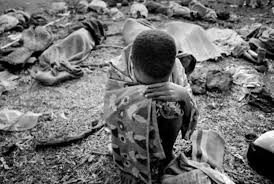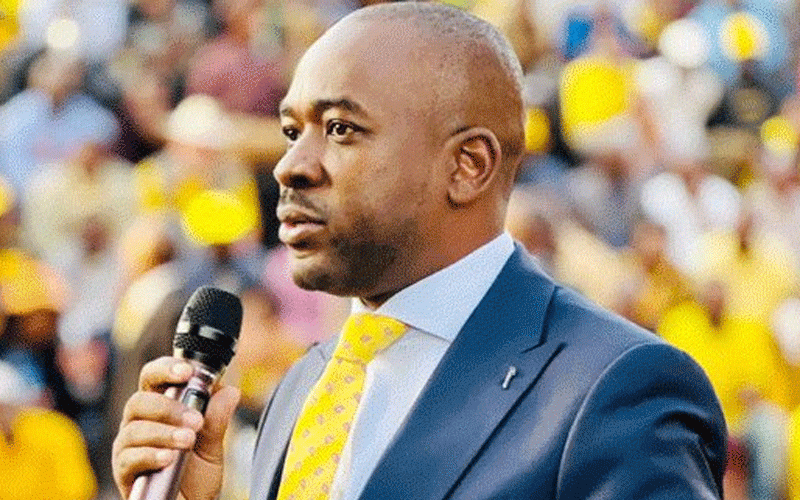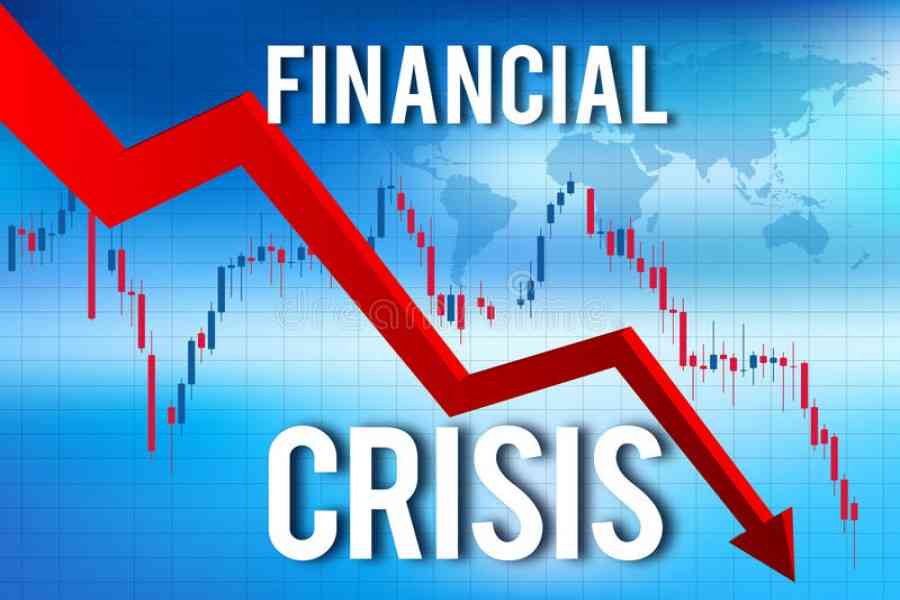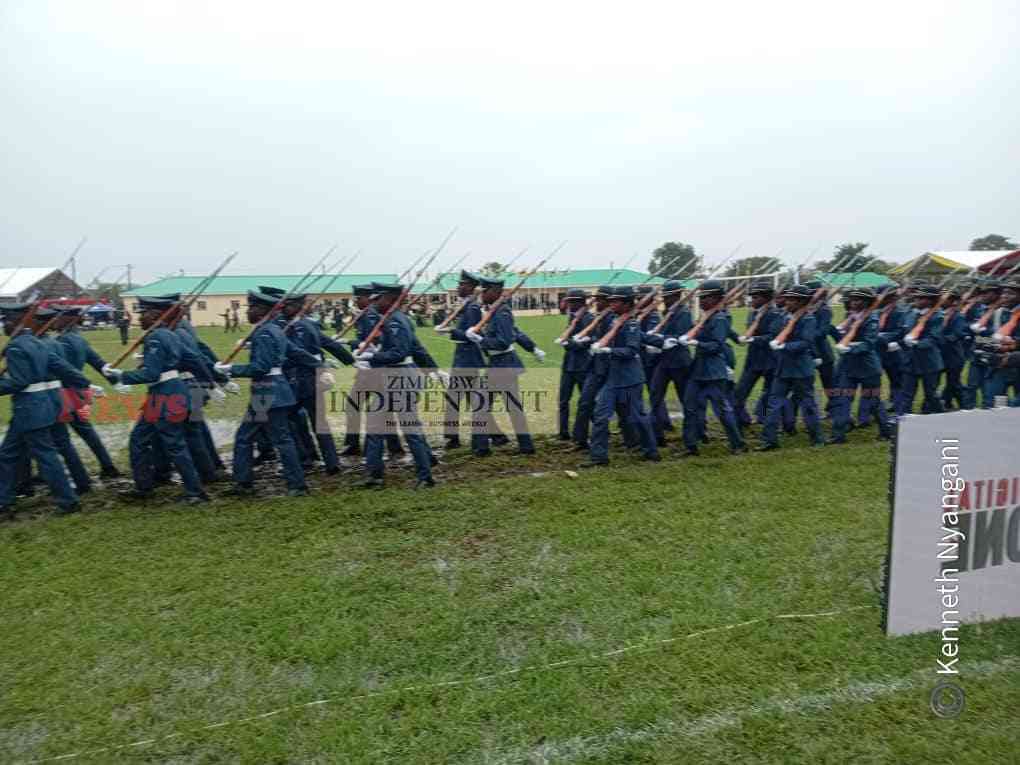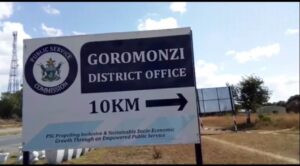
Goromonzi is one of ten 10 administrative provinces in Mashonaland East Province. The district covers a large swathe of Harare’s eastern peri-urban frontier as it stretches towards the north-west.
The district population is dynamic, with a significant number (30%) being migrant workers who work in the city while living in the district. About 20% are farm and mine workers and also vendors. About 50% are communal residents found in eight 8 district wards; Chinyika, Arcturus, Mwanza, Chikwaka, Dzvete, Ivordale, Bvuti, and Chikwaka.
Goromonzi has clear differential advantages in terms of immense natural enrichment, including water, land, mineral wealth and forestries, a large reservoir of skills or expertise, and proximity to Zimbabwe’s capital city, Harare, which all mean distinct market advantages for agro-industrial production, as well as rapid growth in real estate, mining, manufacturing and downstream industries.
Three decades ago rural communities in Goromonzi thrived on subsistence agriculture. Since 2000 the picture has changed drastically as poverty-stricken households sell land to earn money for basic necessities. Since the 1990s, the local authority is running into conflicts with local residents over access to/ownership of the peri-urban fringes of the expanding Harare city. Across the district, looming land shortages, shrinking formal employment and income opportunities and poverty levels point to a general picture of economic insecurity.
With the sustained urban encroachment, the future of Goromonzi hangs precariously between the imminent threat of an explosion of unplanned peri-urban settlements, shanty-towns (as in South Africa) with their unsustainable economics, or alternatively, the prospect of well-planned human settlement and land use systems.
The root cause of peri-urban land conflicts lie in discrepancies between the high and rising demand for urban residential land, high income inequalities, lack of proper markets in rural frontiers of expanding cities, land corruption, as well as gaps and deficiencies in the regulatory and policy frameworks. As land available for agricultural and pastoral allotments is reduced against the background of expanding demands for land by the expanding Harare city, there is overcrowding, and a fall in financial benefits from the land among existing rural communities.
Just as the threat of population displacements and home demolitions hangs perpetually over the heads of residents, there tends to be growing resistance to local authority programmes among local communities. Traditional farmers risk losing their homes, their life investments and their livelihoods as they are dislocated, or displaced to make way for new urban projects. However, because of their low or poor economic status, rural communities tend to be more vulnerable in the ensuing conflicts with land hungry authorities, elites and land barons. Communities in peri-urban regions need the formal confidence and assurance that they will be able to keep their homes in the context of encroaching towns and city frontiers. As a mtural region 2 Goromonzi has deep alluvial soils and rainfall patterns that make the district suitable for intensive and semi intensive commercial agriculture. But every year the district produces less than 5% of its agricultural potential. Helping explain why Zimbabwe’s agriculture is below 8% contribution to annual GDP, a critical level as compared to the 16% in the 1990s, or to the 25% benchmark for economic transformation to sustainable growth. Poor agricultural performance implies low wealth or employment capacity in the sector, food import dependence, and the attendant foreign sector and macroeconomic imbalances. Agricultural revitalisation in Goromonzi is therefore, necessarily a critical element of the national agricultural and economic transformation strategy.
Forty percent of the population of Goromonzi North are communal farmers subsisting on peasant agriculture. But their growth curve is tilting backwards because of land insecurity. Key policy issues emerging include i) establishing land justice and land entitlement/land security ii) restoring commercial farm /agricultural production to 40% of output in the Mashonaland East province
- FC Platinum bounce back
- New perspectives: ‘We also died for this country!’
- Mayor calls for unity as 8 CCC cllrs sworn in
- New perspectives: ‘We also died for this country!’
Keep Reading
With its predominance of communal farmers, Goromonzi North has the largest number of poor households in Mashonaland East Province, at more than 40000. Poverty prevalence in 2017 was estimated at 65%, with ward 1 having the largest prevalence, at 79%, and wards 6 and 24 (farming resettlement areas) the lowest poverty prevalence areas at 55%. Poverty is a key indicator of economic status, livelihood insecurities, low education and illiteracy, disempowerment and vulnerability.
Since 2020, the social service delivery infrastructure: clinics, health centres and schools are overcrowded and deficient in terms of basic services. The 1700 kilometre road network traversing the district’s farmlands, mining administrative and social service regions is largely in a dilapidated state, reflecting gaps in contract management, shoddy workmanship and poor maintenance. The district is overwhelmed by the sense of precipitous deterioration into poverty, typifying that seemingly unshakable African paradox whereby mass impoverishment exists in the context of massive resource endowment.
Goromonzi North has one of the world’s largest mineral deposits, but employment benefits are filtering to populations outside the district. Arcturus is an important gold mine in Zimbabwe. But its fortunes are at risk because of export price trends, operational and national policy issues.
The discovery of vast natural reserves of ‘white gold’, (lithium) in the district over the past decade literally means the piling of new fortunes for locals; for the large numbers of small scale communal farmers who had hitherto faced a bleak economic future looking for a market to sell their produce, the 150000+ women and girls, and the 200000+ youth, whose lives stand threatened by despondency and drugs.
While mining employees and neighbouring communities to mining compounds are exposed to hazards associated with mining fumes, and therefore environmental (air and water) pollution, these mining establishments are not serviced by clean water sources, waste disposal facilities or health service centres
Goromonzi is home to the massive Kunzwi Dam Project, which represents important economic opportunities for Harare city and surrounding peri-urban growth as a permanent source of water. With a good regulatory and policy framework, Kunzwi can transform peri-urban Goromonzi into a green belt, creating in its wake various significant agricultural, employment, and other economic opportunities.
The massive population expansion in Goromonzi is not matched by commensurate expansion of formal employment, incomes, or of health, education, social service delivery infrastructure. In the context of its massive natural resource endowments, and the rapidly expanding population, the development trajectory in peri-urban Goromonzi demands policy innovations that prioritise
- dialogue,
- expert stakeholder consultations and engagements, and
- equitable development between all district wards
Local residents and stakeholders; (rural and urban communities, farmers, miners, investors, the business community, and state institutions; Government departments), locals have right of expectation to;
A district enjoying a high quality of life; supported by a strong productive and economic base that is hinged on large, medium and small scale agricultural, mining, horticulture, business enterprises, and that is also driven by a strong social, educational, health, physical and communications infrastructure.
The diversity of communities in Goromonzi united in the quest for workable solutions to the unsustainable discrepancies between bountiful, God given natural, land, mineral, forestry, water, resources and the environment on the one hand, and, on the other hand, the rising unemployment, worsening incomes, worsening environment, and deepening poverty with its attendant insecurities and conflicts.
- The district’s diverse employment and labor capacity being key assets to lift inhabitants out the unemployment and poverty
- Exploiting cultural assets which are of immense value to the district and the nation at large in terms of the potential for both domestic and international tourism.
- Systematic development approaches that prioritise orderly human settlement, against the real potential risks of informal settlements and shantytowns. As a principle of development policy and approaches, regularisation of human settlements needs to be rooted in proper consultations with communities.
- Initiating a Community Share Ownership Scheme for the Lithium project so as to facilitate modernisation of social and physical education and health infrastructure in the district
- A regulatory and policy framework that promotes transparency and accountability, that builds confidence and support among citizens as they work with their national government, their local authority and other arms of Government, uniting all towards a vision of our own prosperity.
- Masimba Manyanya is a policy analyst and a resident of Yafele Village in Goromonzi.
- These weekly articles are coordinated by Lovemore Kadenge, an independent consultant, managing consultant of Zawale Consultants (Private) Limited, past president of the Zimbabwe Economics Society and past president of the Chartered Governance & Accountancy Institute in Zimbabwe . Email- kadenge.zes@gmail.com or Mobile No. +263 772 382 852

